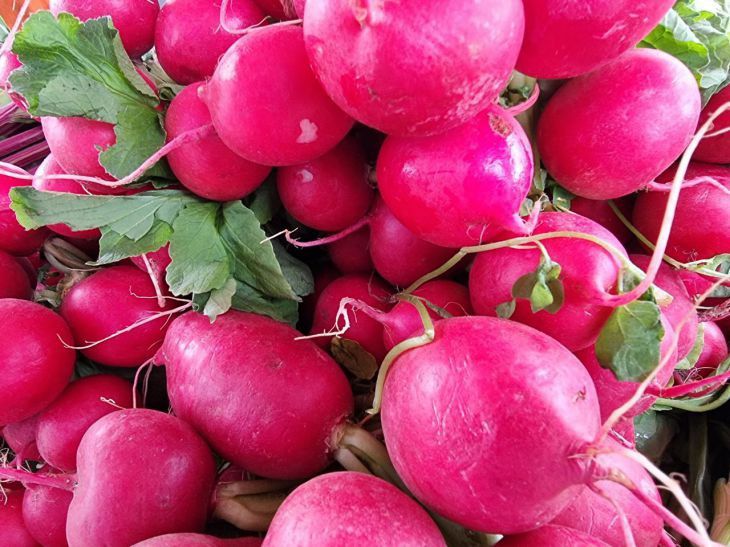Radish is respected by many eaters. It is a good product on its own, and is also great as an ingredient in salads.
But many gardeners, unfortunately, often get something other than what they want: their vegetable fruits turn out small, hard and bitter.
In fact, achieving the opposite effect is quite simple: the main thing is to practice a couple of tricks, which, by the way, experienced summer residents actively do.

Variety
A very important point. We choose based on the fact that different varieties differ significantly in ripening time and taste of fruits.
To achieve a truly good harvest, it is better to choose a variety that is best suited to the weather conditions of your region.
Landing time
It is worth knowing that radishes bloom quickly in warm weather conditions.
Therefore, the optimal period for planting is early spring or late autumn, that is, when it is cooler.
To prevent the fruits from becoming bitter, it is better not to replant the plant, observing the optimal sowing times.
Soil
When we plant, we will ensure the necessary distance between the seeds.
If you plant too close together, the plant will compete for nutrients.
Such a development of events will result in small fruits and deteriorated taste qualities.
By the way, radishes love loose and well-drained soil.
Before sowing, it is recommended to dig the bed deeply and, if necessary, add organic fertilizers.
When planting in excessively dense soil, we risk getting small and deformed root crops, and the likelihood of rotting will increase.
Watering
In many cases, radishes become tough and bitter due to lack of moisture.
The plant requires regular and uniform watering, especially in the first weeks after sowing.
It is extremely important to avoid the soil drying out, especially on hot days.
What to do in the heat
If the weather is excessively hot, mulch can be used to retain moisture and protect the crop from overheating.
In hot weather, I recommend creating shade for radishes, for example, by covering the plantings with agrofibre.
You can stretch a net to protect the plant from direct sunlight.
